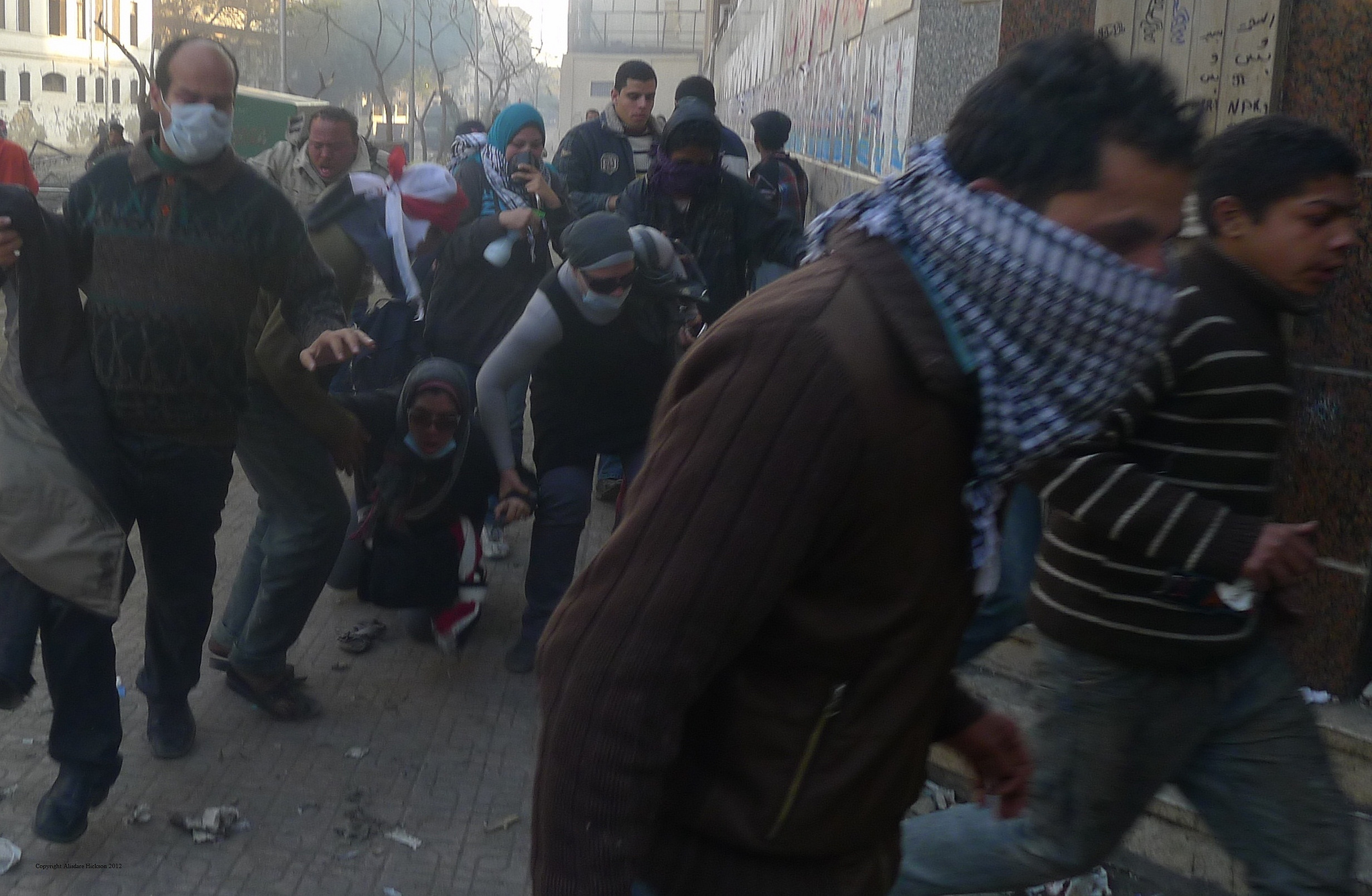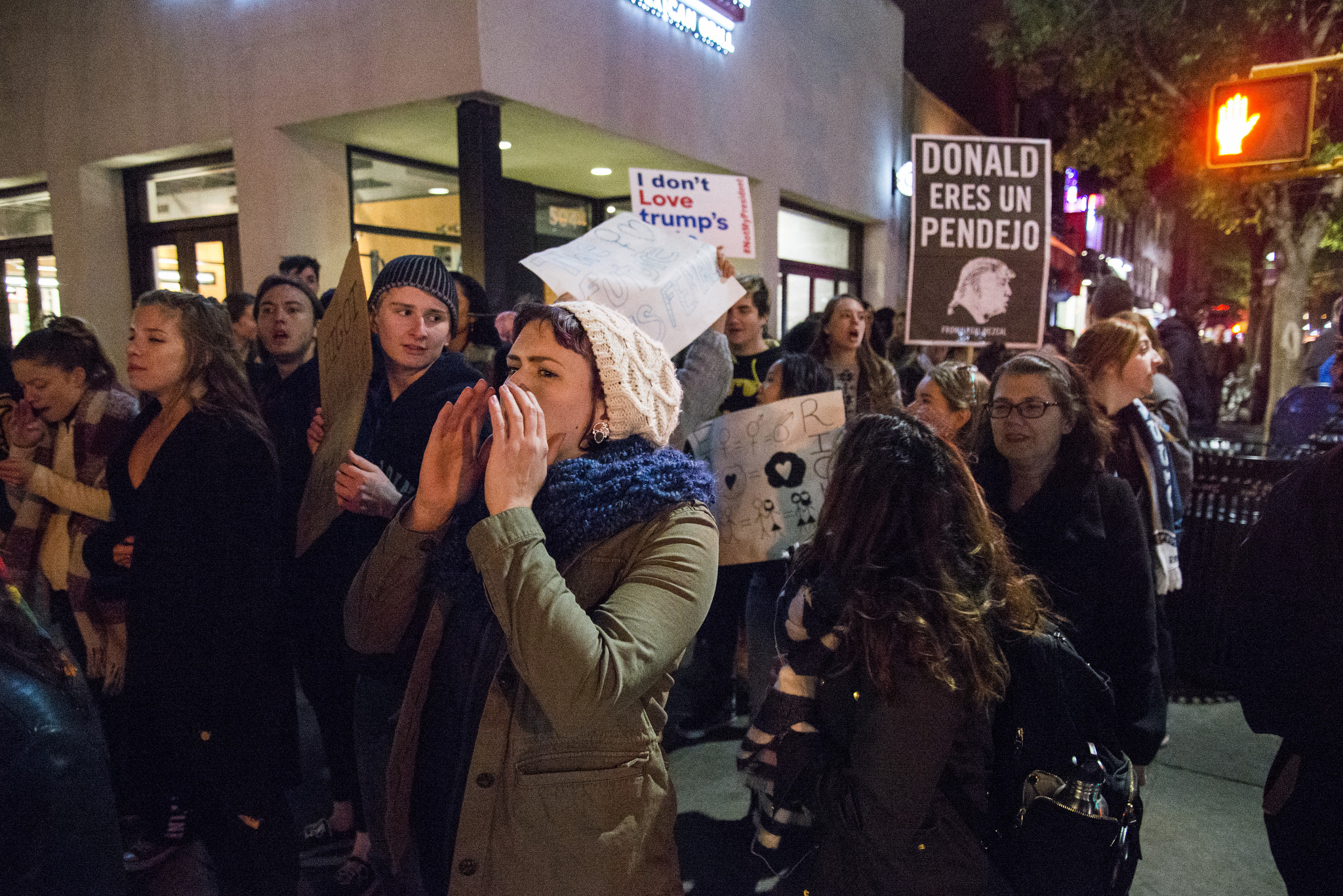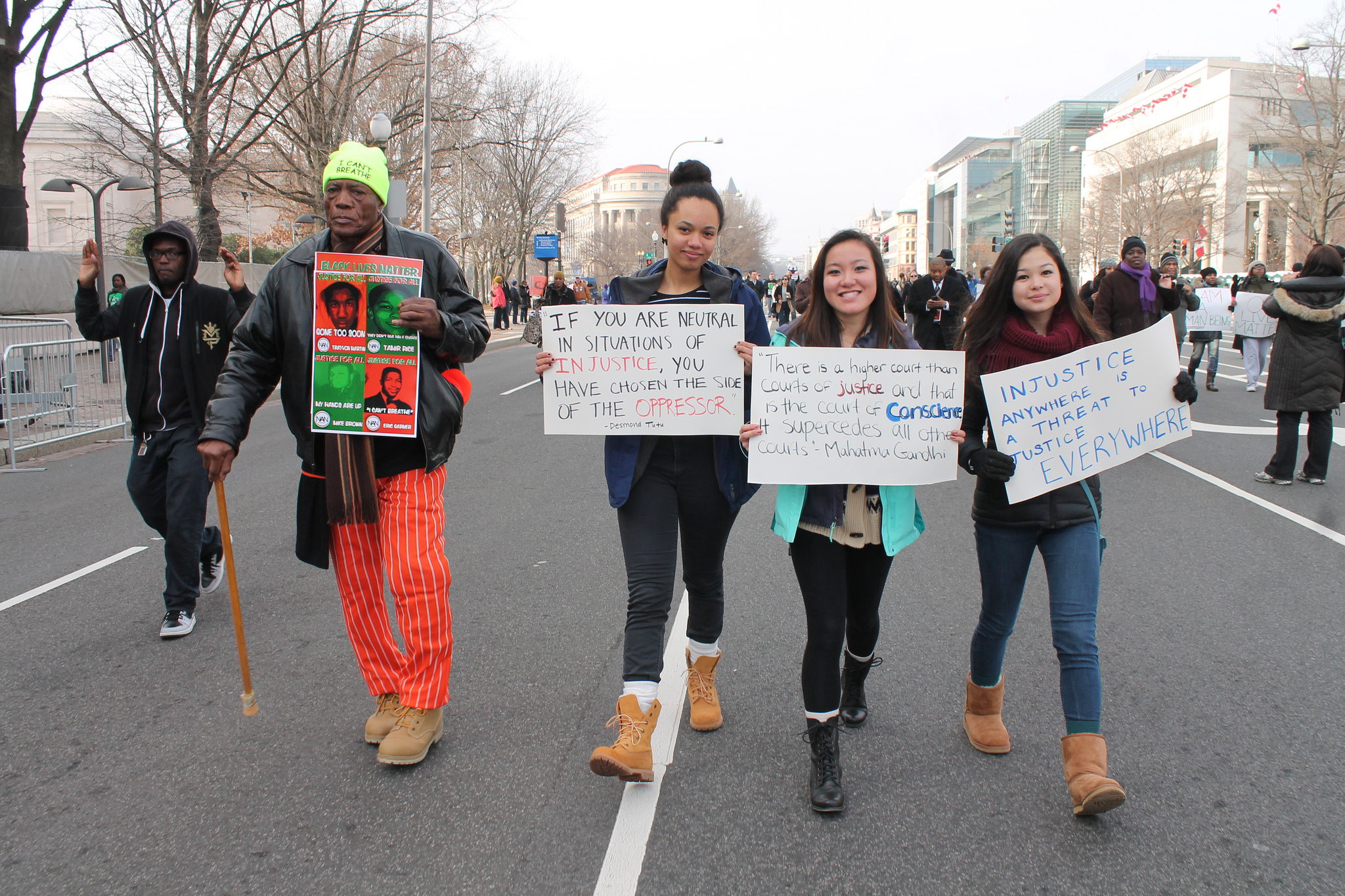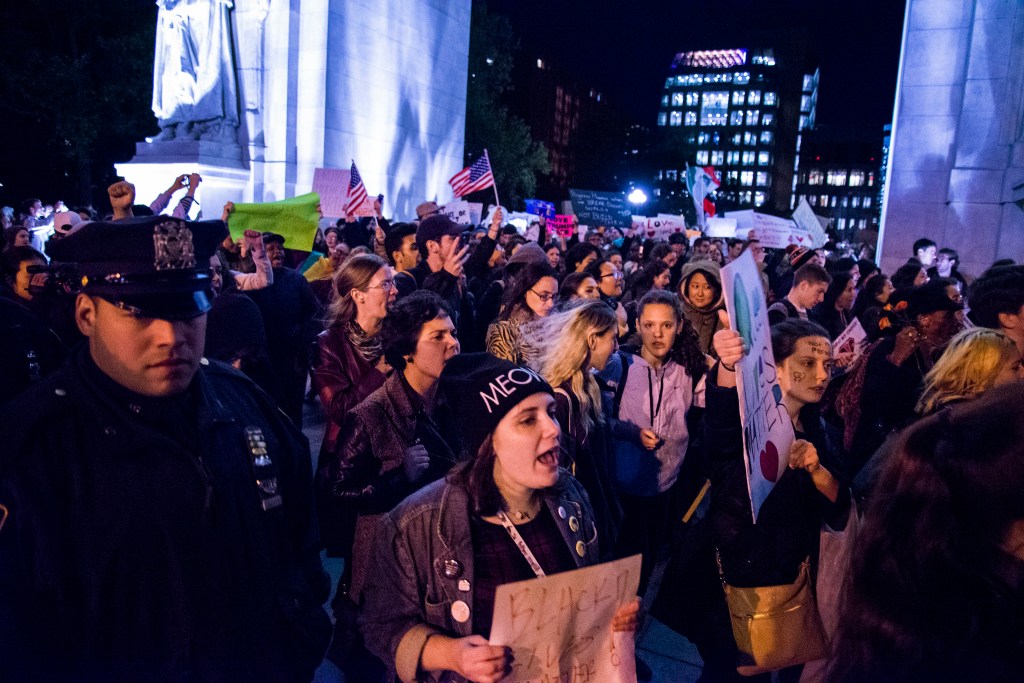These won’t be the first mass protests of an incoming administration that this country has seen, but for many people attending the demonstrations around the country this weekend, it’s their first time participating for causes they believe in.
As millions prepare to head into the fray on Inauguration Day and for the Women’s March on Washington, read up on how to prepare yourself physically for protest.
Videos by VICE
Many of these suggestions are geared toward this weekend’s events in Washington, DC, and some include advice for if you’re detained or arrested during protest. Most demonstrations happening in the capital are adamant about remaining calm and don’t encourage civil disobedience. The First Amendment guarantees “the right of the people peaceably to assemble,” but if we’re to learn anything from this country’s history with peaceful protest and interactions with the authorities, it’s that it’s always best to come prepared.
READ MORE: How to Protest Without Sacrificing Your Digital Privacy
Basic awareness of your surroundings is the first and best place to start. From there, here are a few items you might consider bringing:
Identification
Some activist groups will tell you not to bring ID to a protest, as you do not have to present ID or immigration status to police in DC. Not showing ID could keep you detained for longer, however, as police try to identify you. The ACLU suggests you do bring it. Whether you bring it or not, don’t ever lie to the police—but remember that they can lie to you. Flex Your Rights has a good section on identification.
$100, or whatever you can scrape up, in small bills
Or whatever amount you think you can comfortably get by on if you’re forced to take a cab home in traffic, eat out for a day or two, or purchase incidentals along the day like water or snacks.
These three notecards, and a Sharpie
Make a notecard with your emergency contacts’ phone numbers on it, in case your phone dies and you don’t have these memorized.
Carry a second card with emergency legal counsel—one DC law group is offering free legal help for demonstrators this weekend—or, if you’re not a citizen, the number of the Women’s March immigration lawyers: (202) 670-6866.
Your third card is for your rights, if you don’t already know them by heart or are prone to drawing a blank under pressure. The ACLU’s pamphlet on your rights when questioned or under arrest is a good place to start.

Image: meeh/Flickr/CC-By-2.0
Your own food
Throw a bunch of granola, protein bars, or hard fruits in a plastic grocery bag and bring that—along with as much water as you can carry—with you to the march or protest. No one wants to deal with your hanger while you wait 200 people deep for a food truck taco.
Battery banks
Even the best phone batteries and power banks suck after hours of taking photos and texting fellow demonstrators. When it’s cold out, they extra-suck. Small power banks can extend your phone’s battery for a few extra hours, long enough to find your way home or notify a friend to meet you somewhere.

A big scarf
Something wide enough to cover your face and layer a few times in the event of teargas. You may have seen some suggestions for soaking a scarf in water and breathing into it, but the International News Safety Institute says that could interact with the type of gas and make it worse.

A coat with pockets
Layer up! Alongside 200,000 people, things will likely get sweaty, but it’s January so you’ll likely be losing body heat as quickly as you’re gaining it from your new friends. If you can move freely in it, it’s somewhat insulated, and has pockets for all of the other stuff on this list, it’s perfect.

Sturdy shoes
Prepare for mud, rain, uneven ground and a lot of people who will inevitably step on your toes as you march. Steel-toed footwear is best; sturdy hiking shoes work, too. Whatever you’re comfortable standing in for hours.
Basic first aid
You don’t have to be anticipating brick wounds to need a small first aid kit. Something as simple as blisters or headaches can sap energy. Put together a kit of bandages, any medications you might need in the next 24-48 hours, a spare pair of contact lenses (or opt for glasses if there’s a high probability of teargas or dirt getting involved), enough OTC aspirin to share with others if needed, tampons or pads.
A (clear) backpack to stash it all in
All of this is for naught if you toss it into your black Jansport and it gets seized once you arrive. Most grassroots protests won’t have such strict rules for what bags you can bring, but a large demonstration on federal property, like the Women’s March, does. From their FAQ page: “Backpacks are not permitted unless they are clear and no larger than 17″X12″X6″ (colored transparent bags are not permitted).”
A plan with your comrades
In a mass gathering of any size, it’s incredibly easy to get swept into the flow of the crowd and lose track of your friends. Cell service will probably be spotty due to demand. Make a plan for if you’re separated from each other, such as “If we’re apart for over an hour, meet at the Smithsonian castle” or some other tall, recognizable landmark.
DON’T BRING: Anything that could conceivably be seen as a weapon
Wooden poster signs, selfie sticks, knives, guns, boxcutter—If you can’t get through TSA with it, don’t bring it to the demonstration. Even if you’re bringing them without intent to harm anyone, getting detained with a big-ass knife or a baseball-bat size poster pole isn’t a good look.
Get six of our favorite Motherboard stories every day by signing up for our newsletter.
More
From VICE
-

Aerie / The North Face / L.L. Bean -

Photo by Courtney McElravy -

Screenshot: Nintendo -

Screenshot: The Pokémon Company
